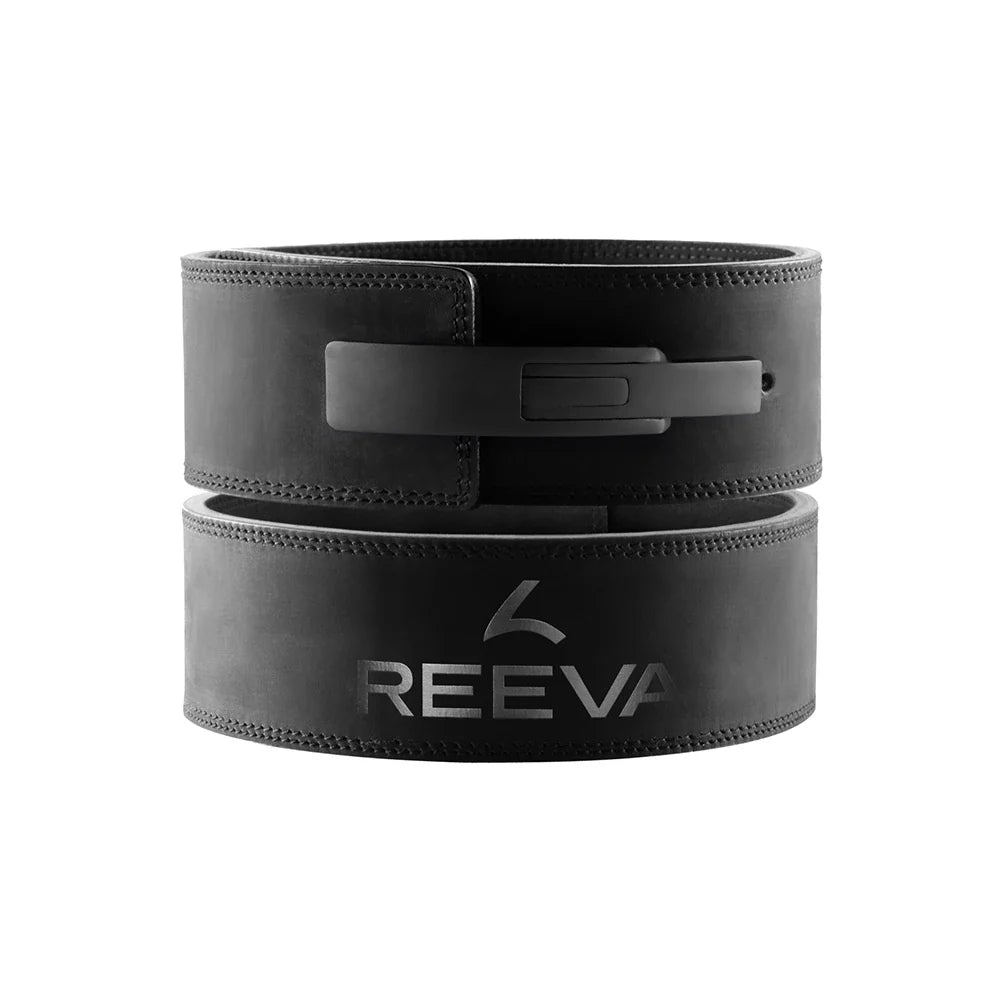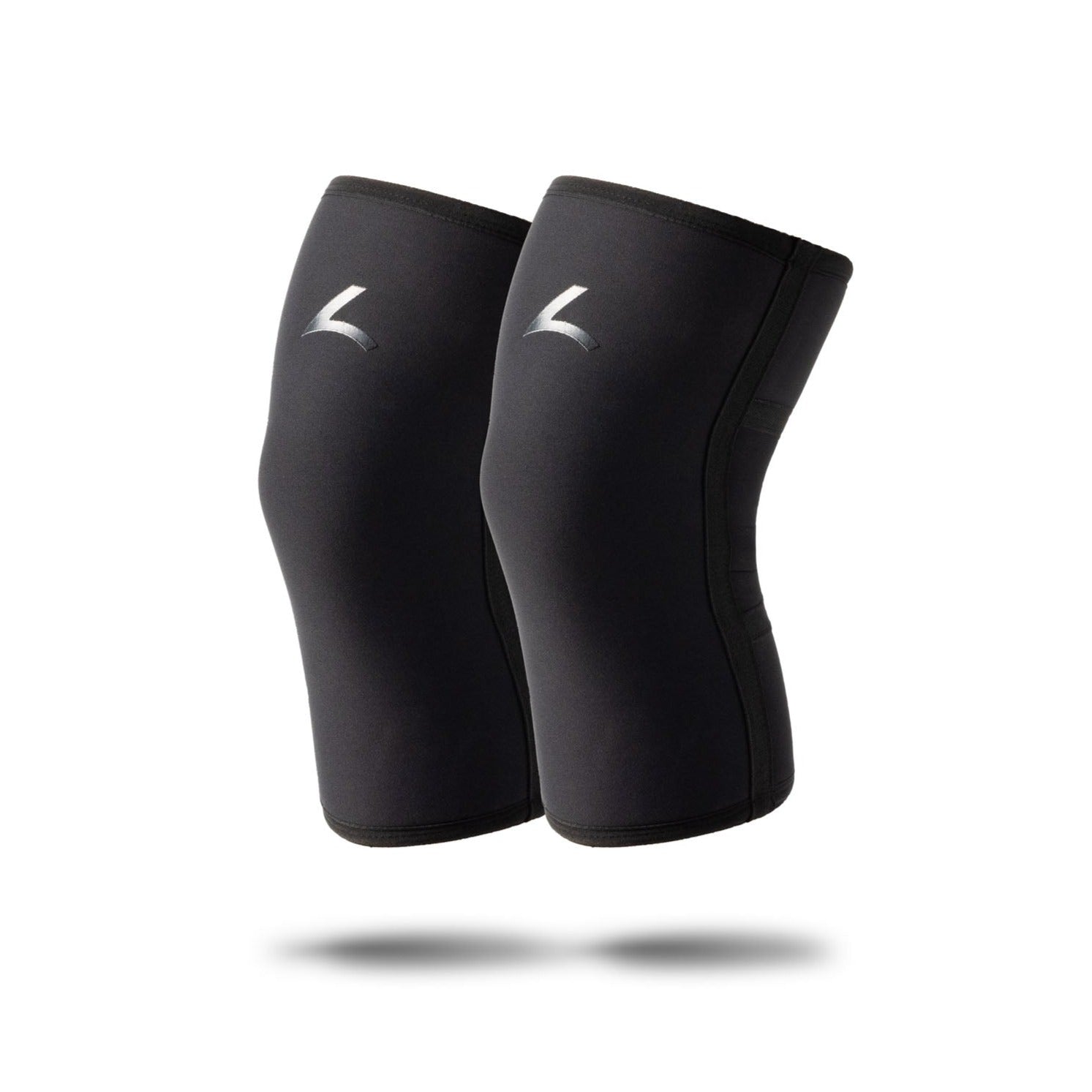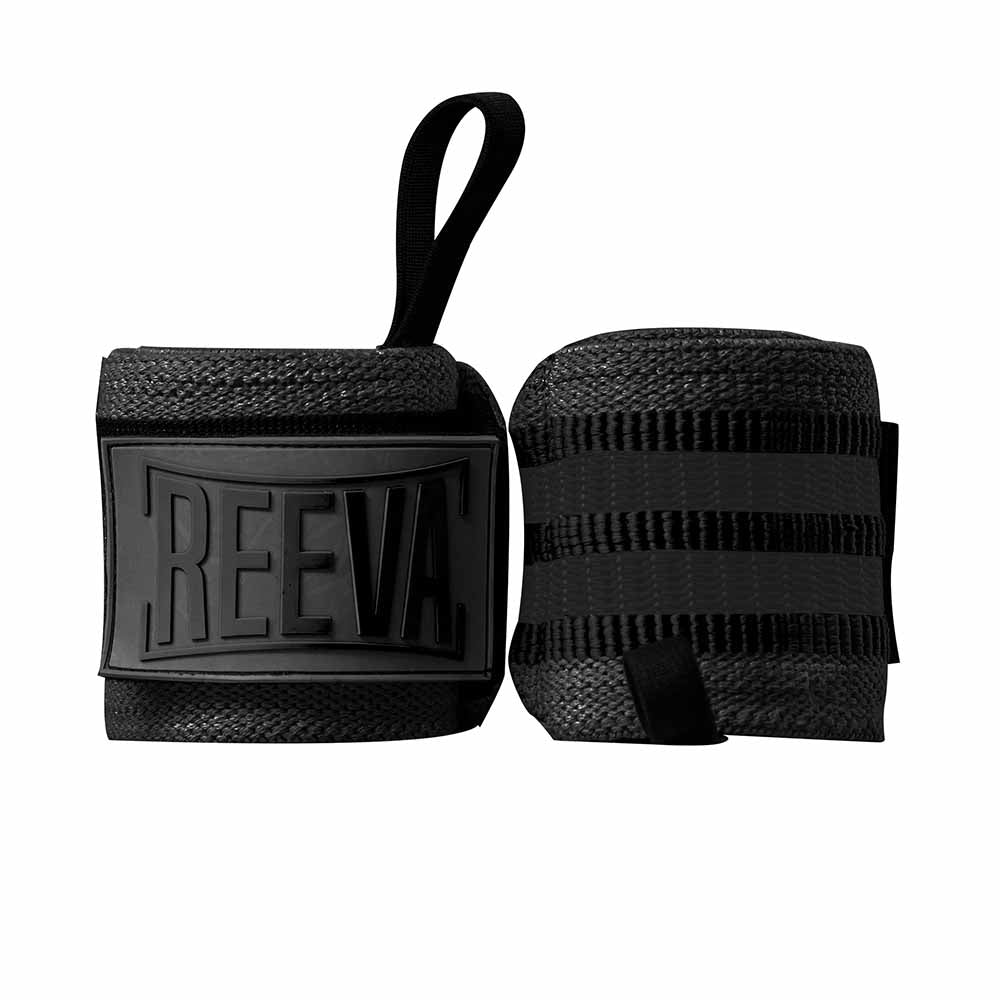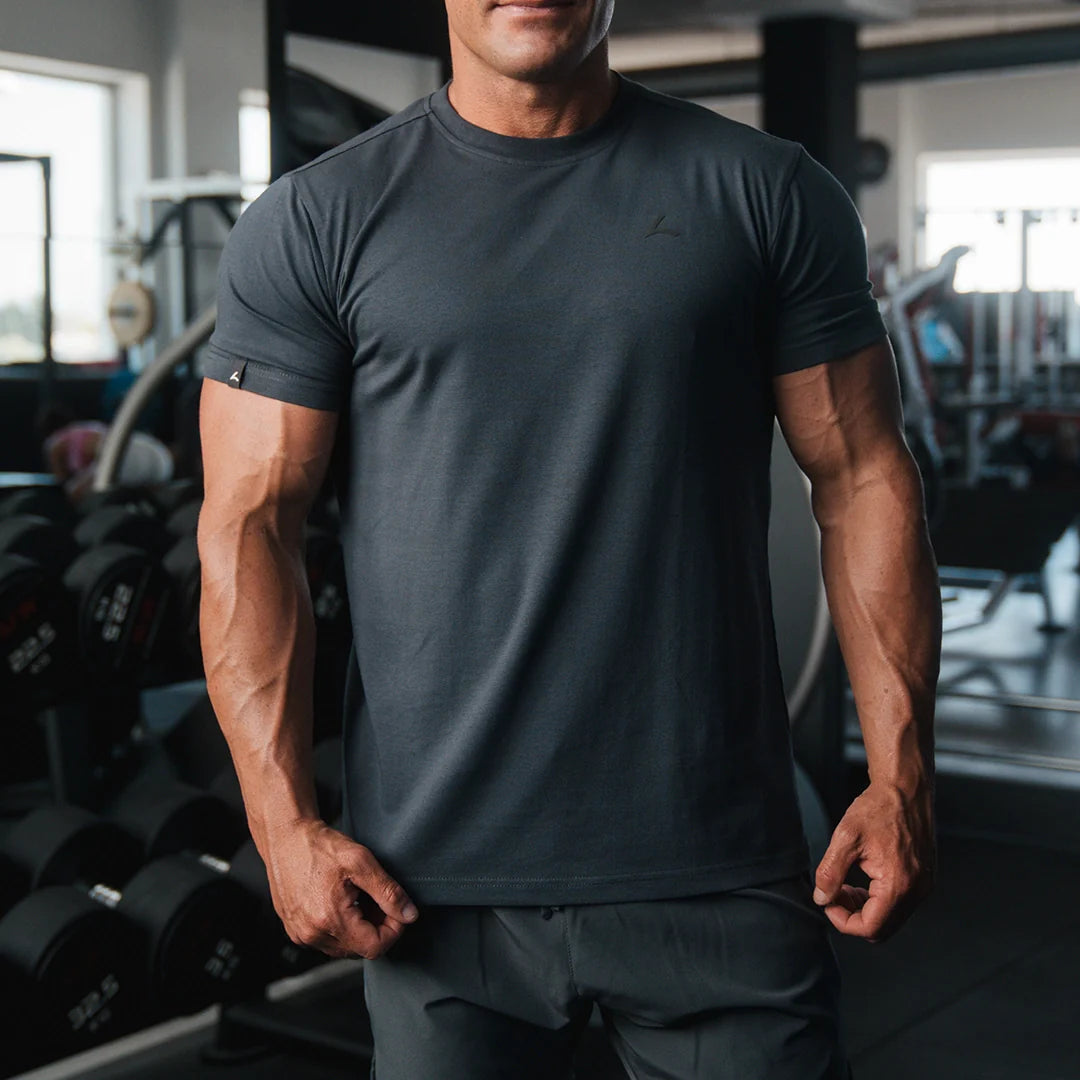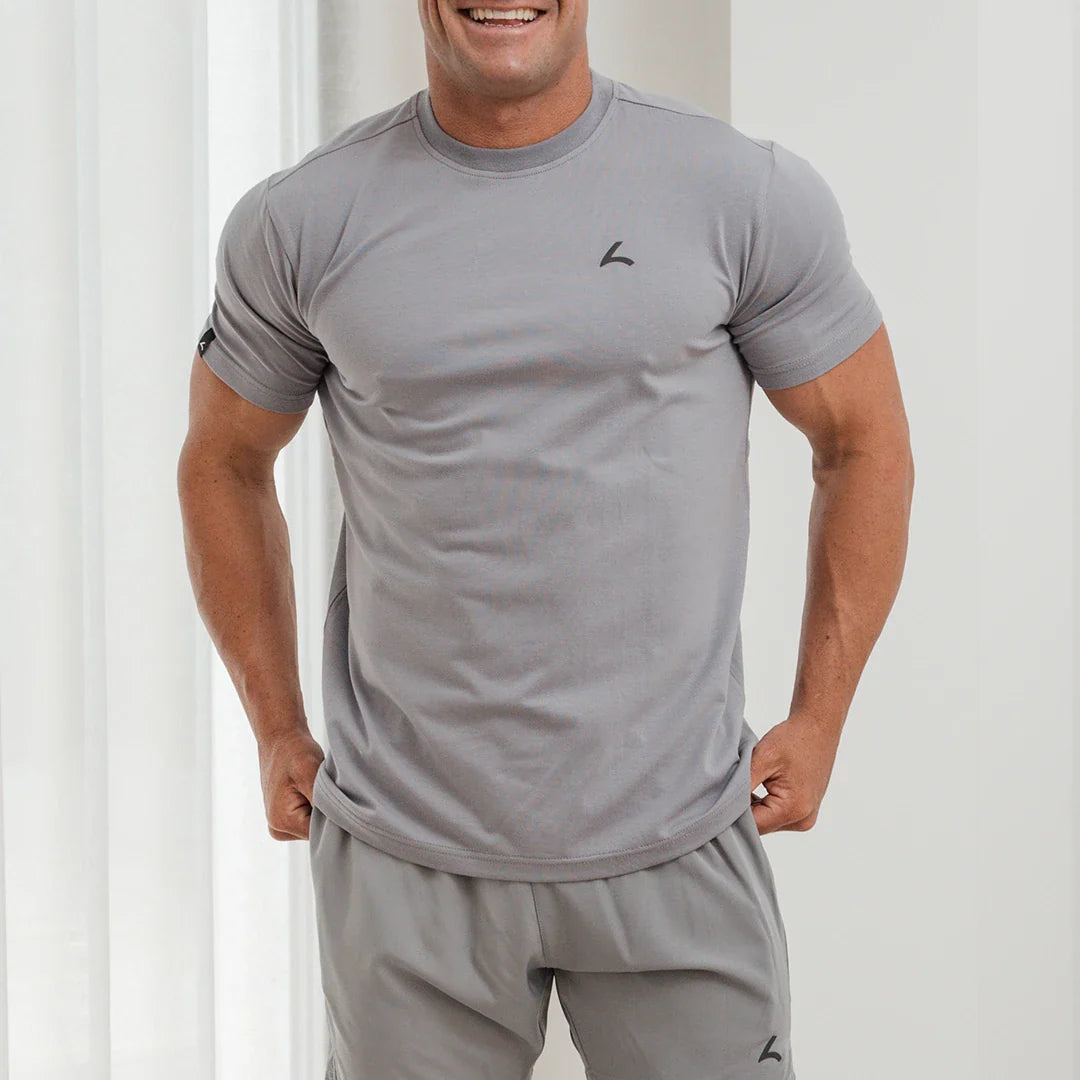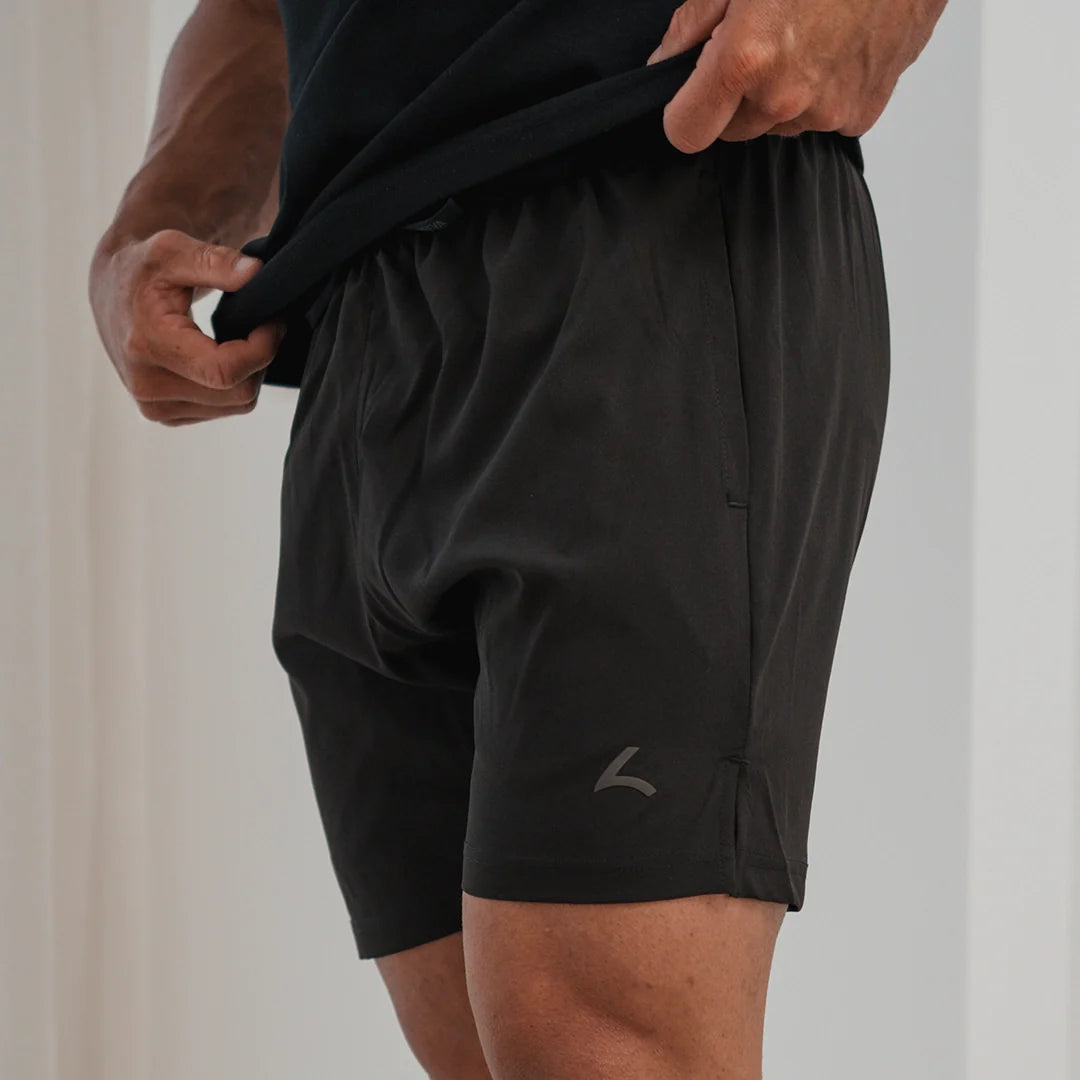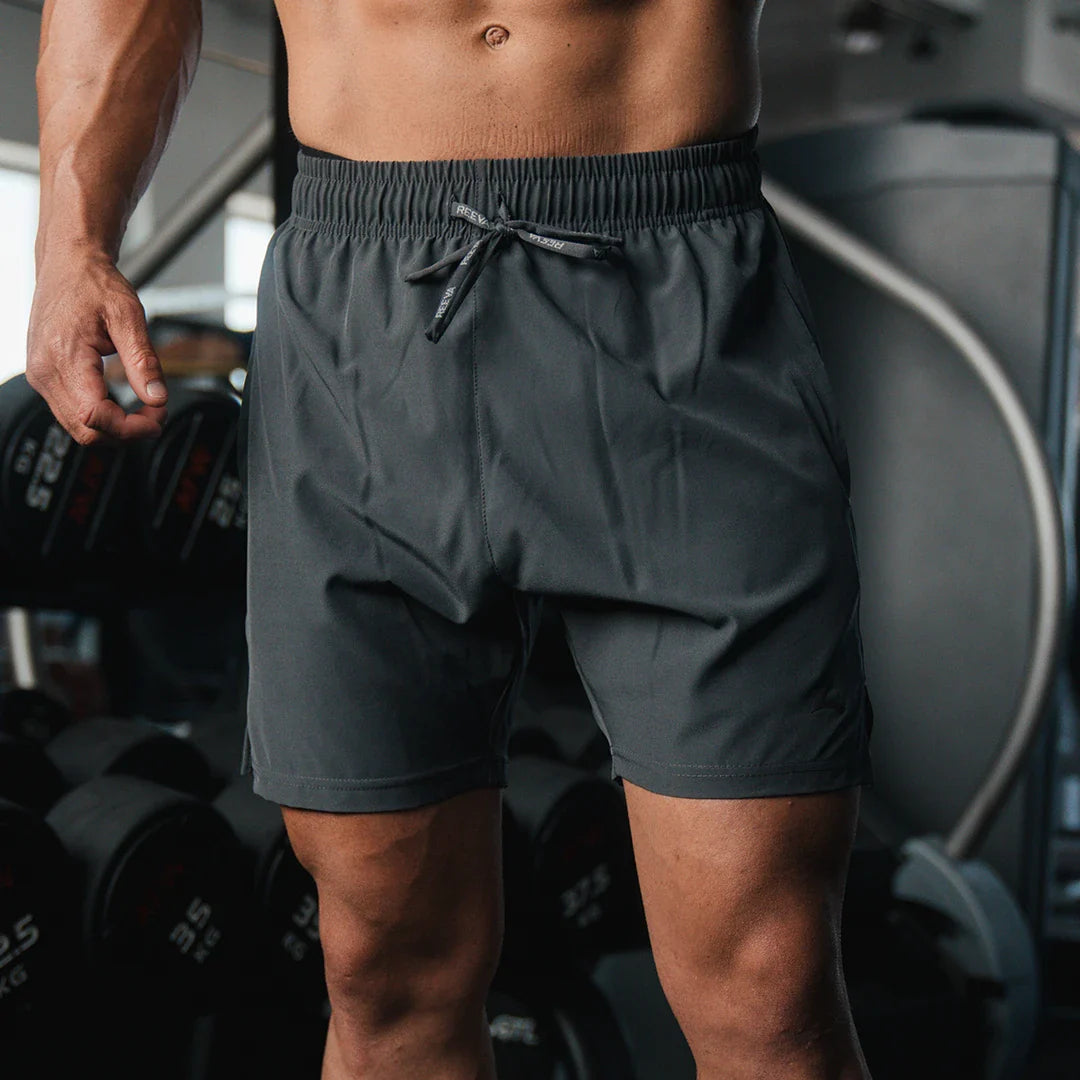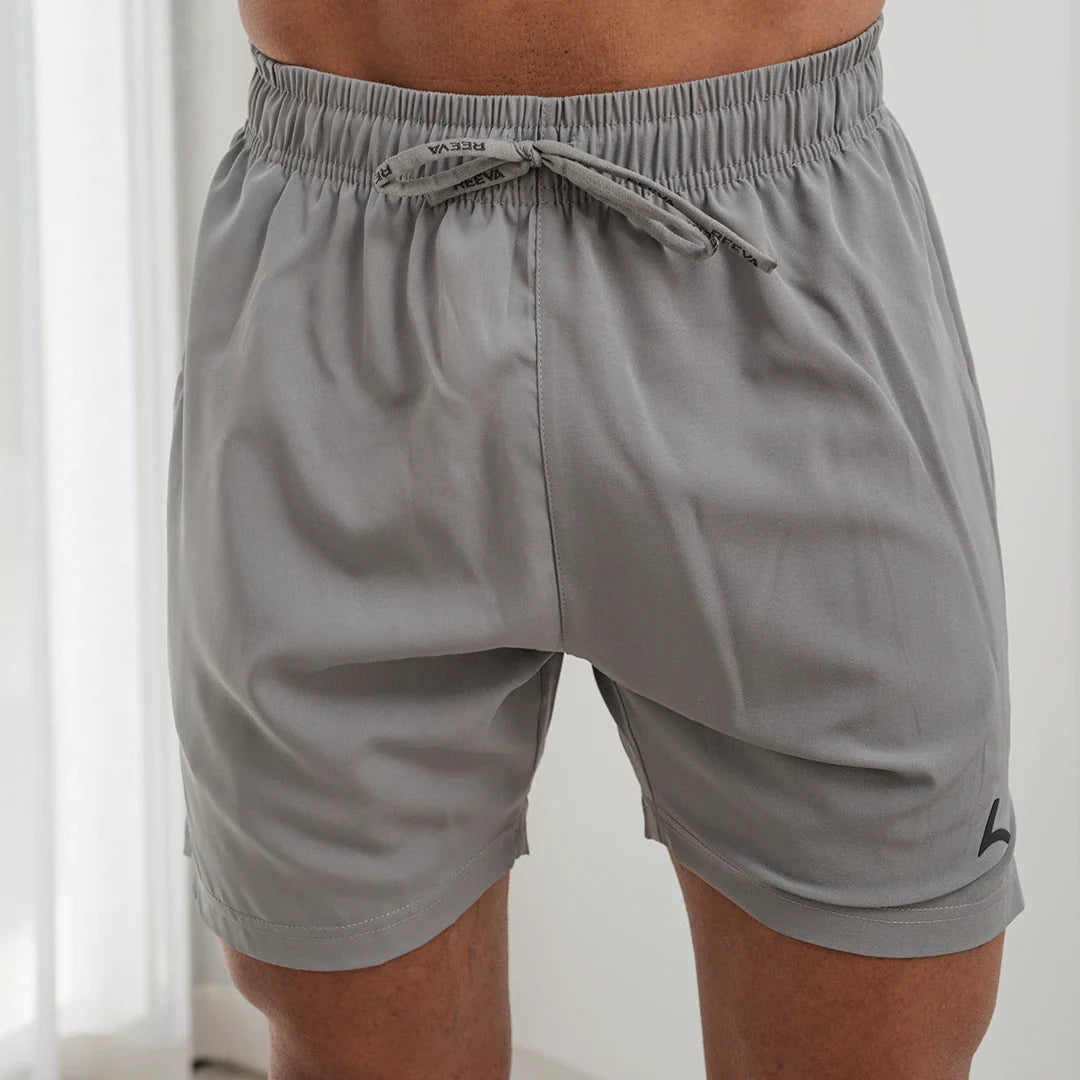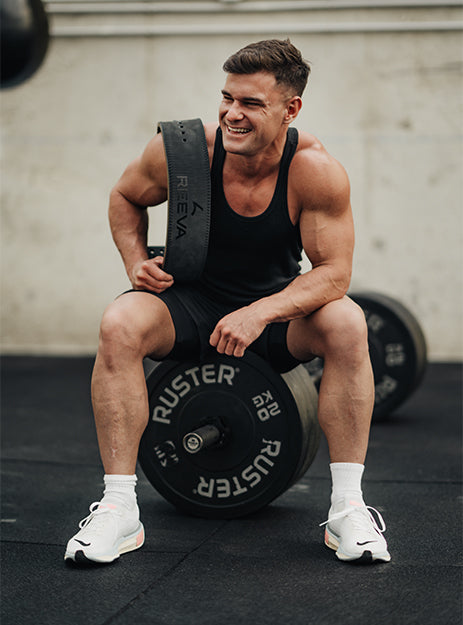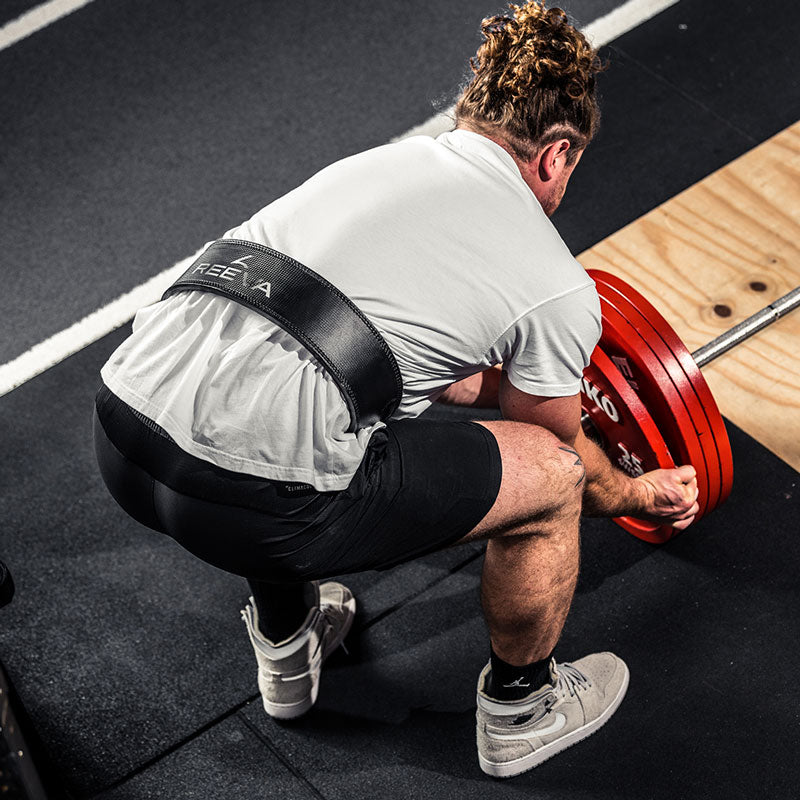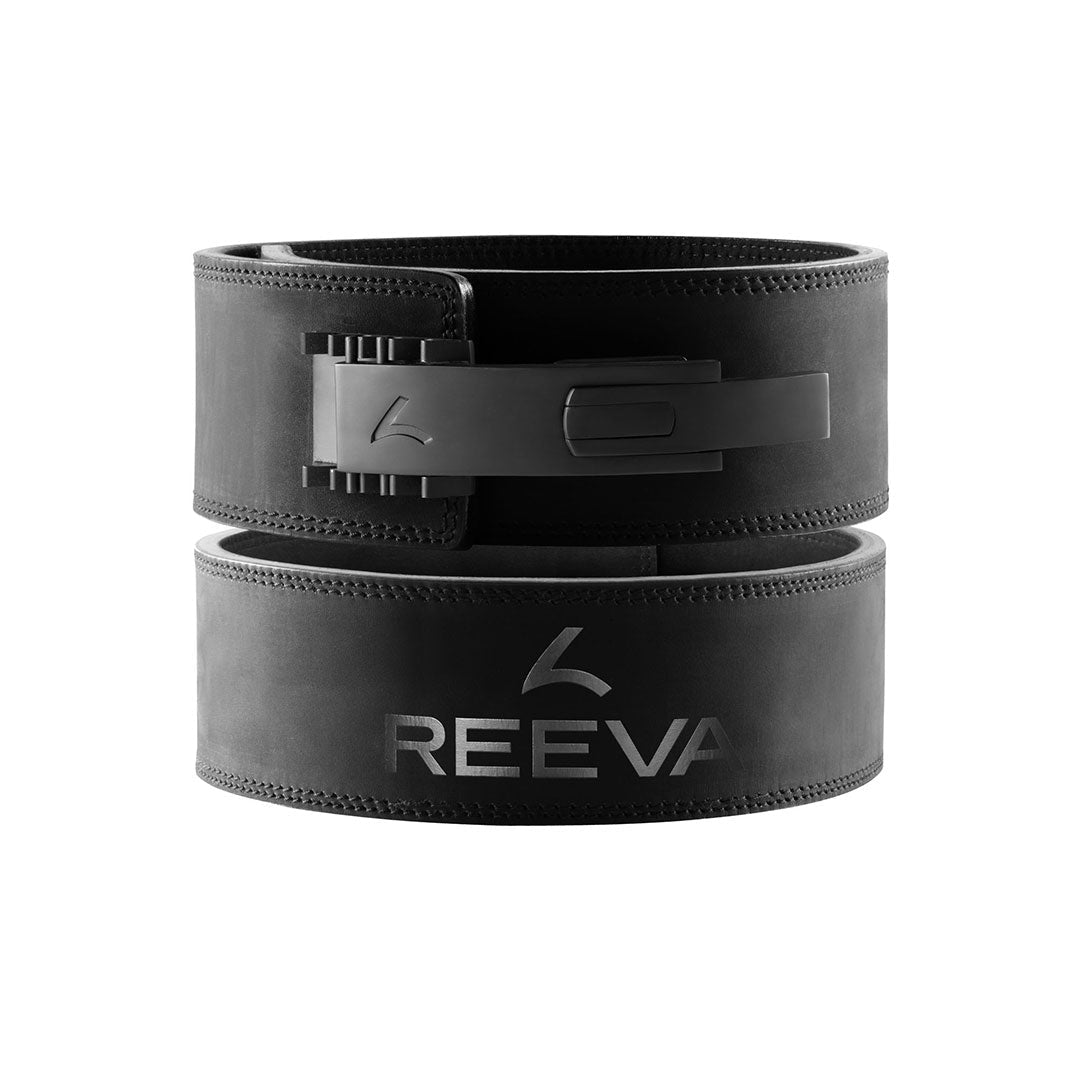
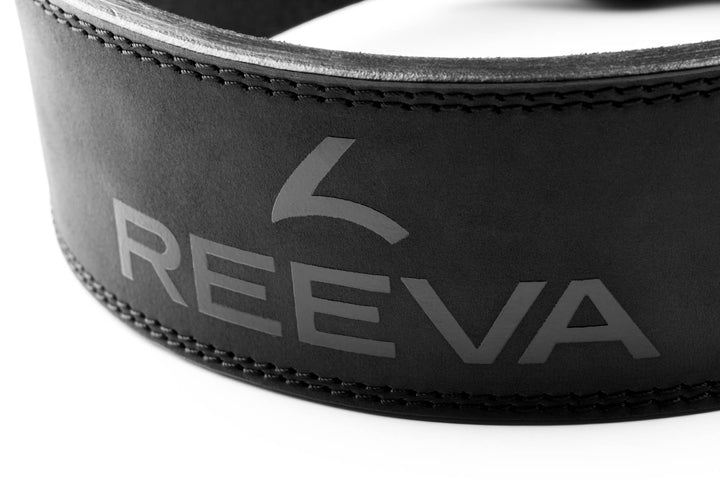
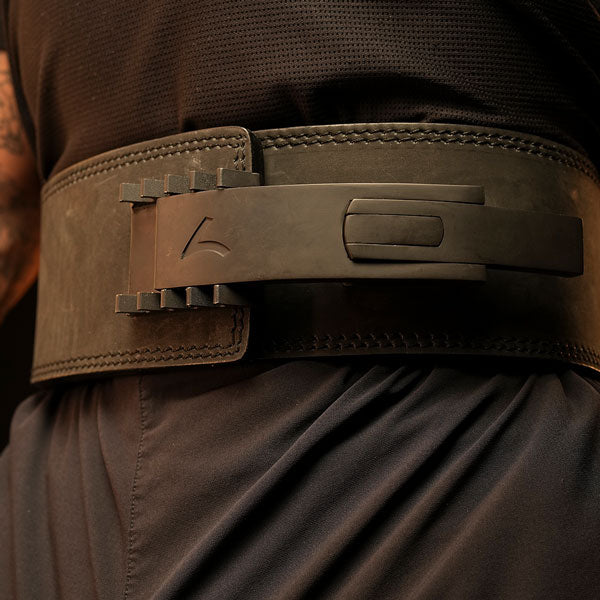
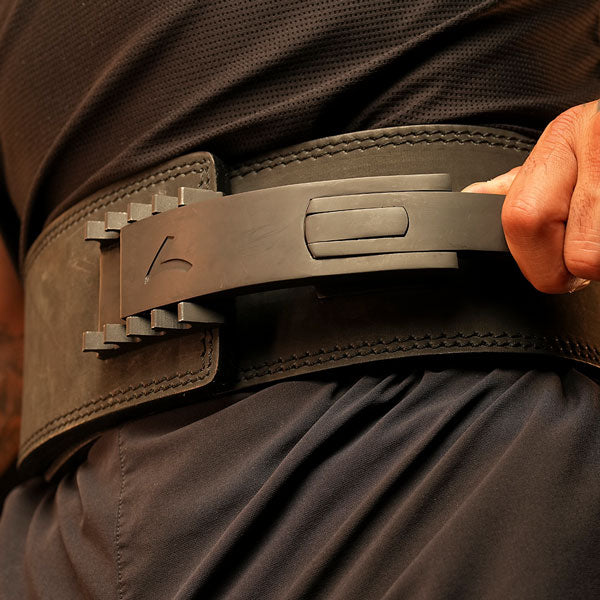
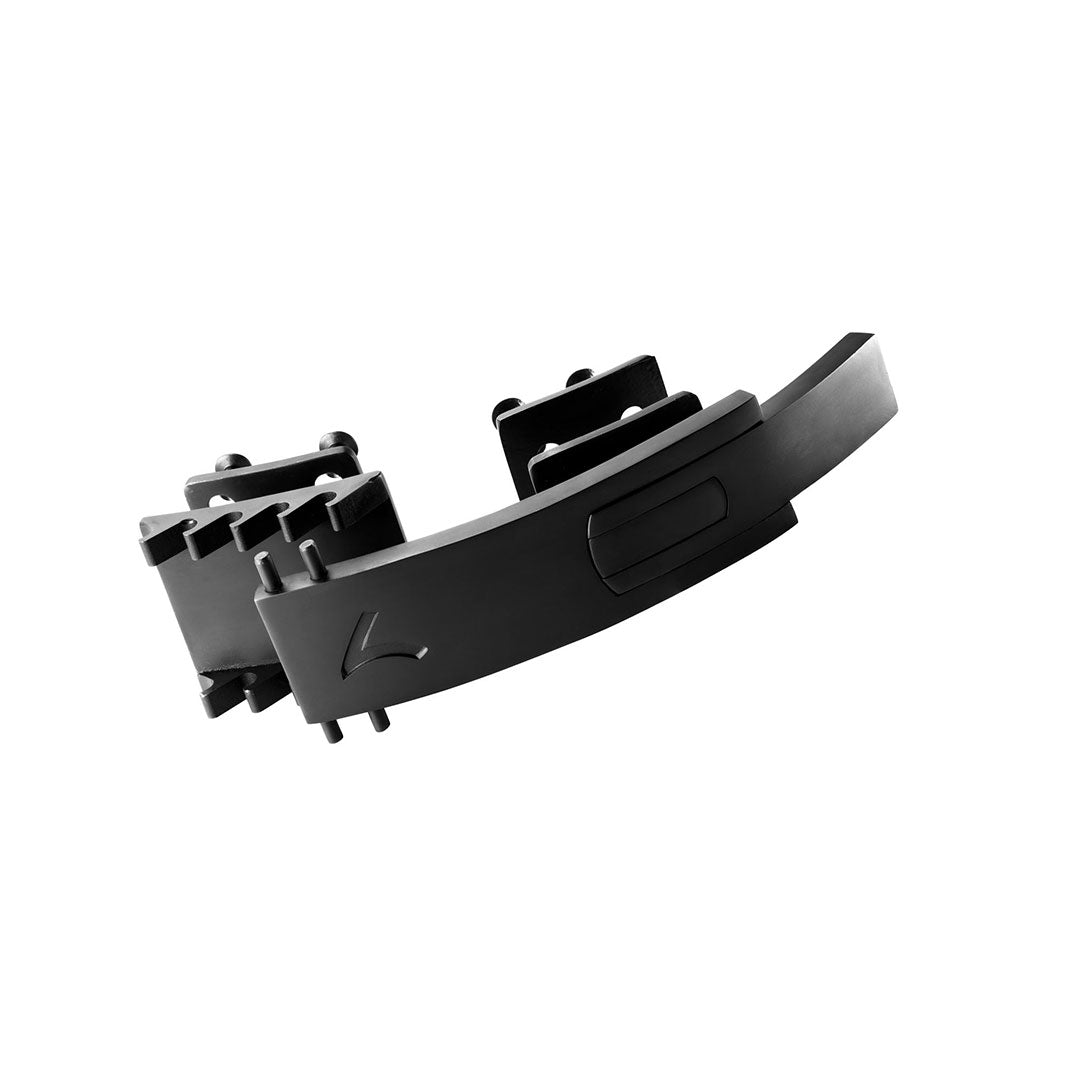
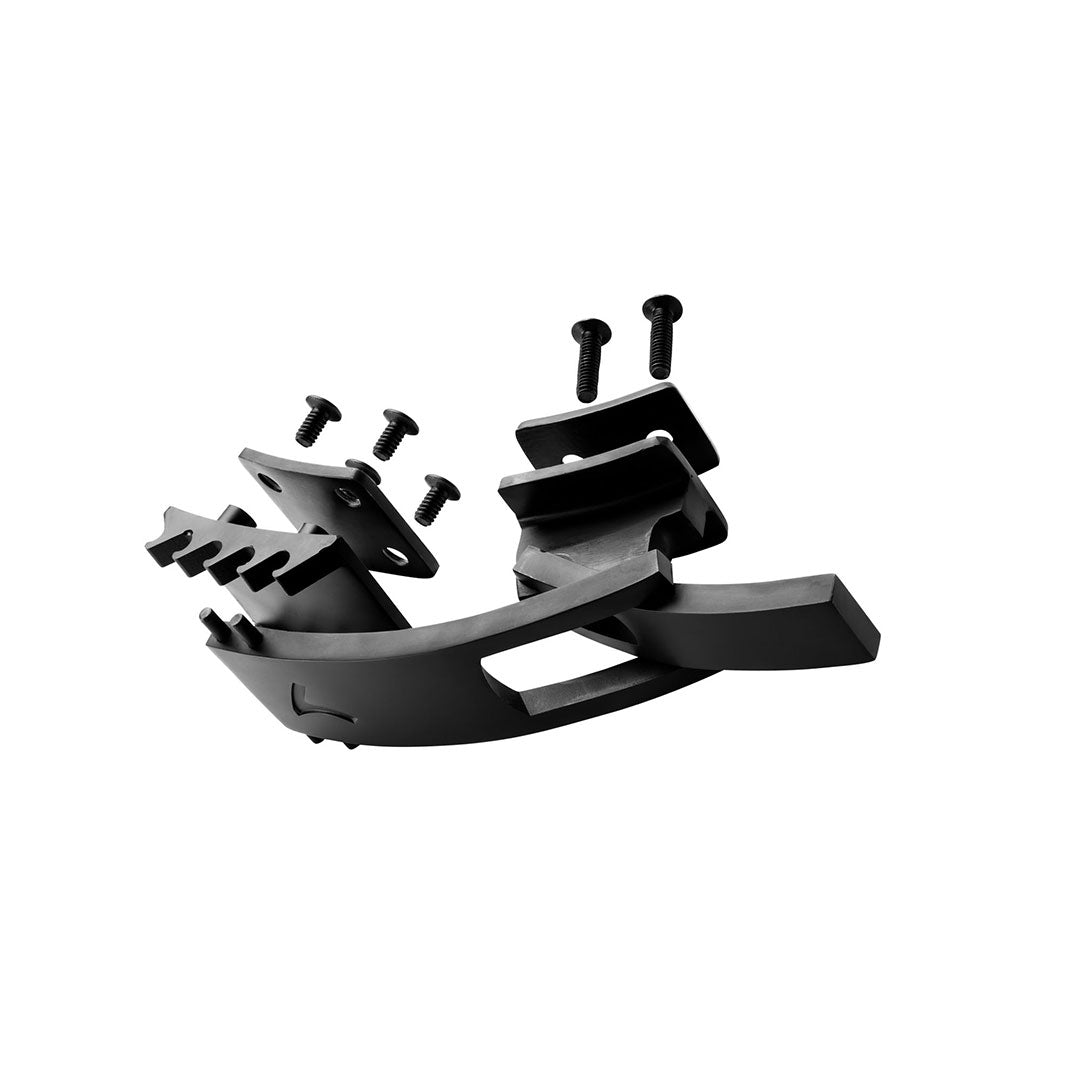


Buffalo Leather Lifting Belt w/ Adjustable Buckle (10MM)
Reeva covers all import duties and taxes.
Free returns within 30 days in Europe.
Free shipping over €100 in Europe.

Buffalo Leather Lifting Belt w/ Adjustable Buckle (10MM)
If you have any questions, you are always welcome to contact us. We'll get back to you as soon as possible, within 24 hours on weekdays.
-
Shipping Information
-
Returns
-
Contact Us
Product details
Developed for athletes who take their strength training seriously. The Buffalo Leather Lifting Belt is crafted from 100% authentic buffalo leather and is extremely durable.This leather is incredibly sturdy and resilient, making the belt a next-generation lifting belt.
The adjustable buckle allows you to customize the size of the belt up to 5 cm without any tools, so you can keep your sweater on during chilly workouts. It's made from the best stainless steel, so the buckle won't corrode or rust. In addition, this buckle comes with a lifetime manufacturing warranty.
Why you should buy a Reeva Lifting Belt
Shipping Information
Returns
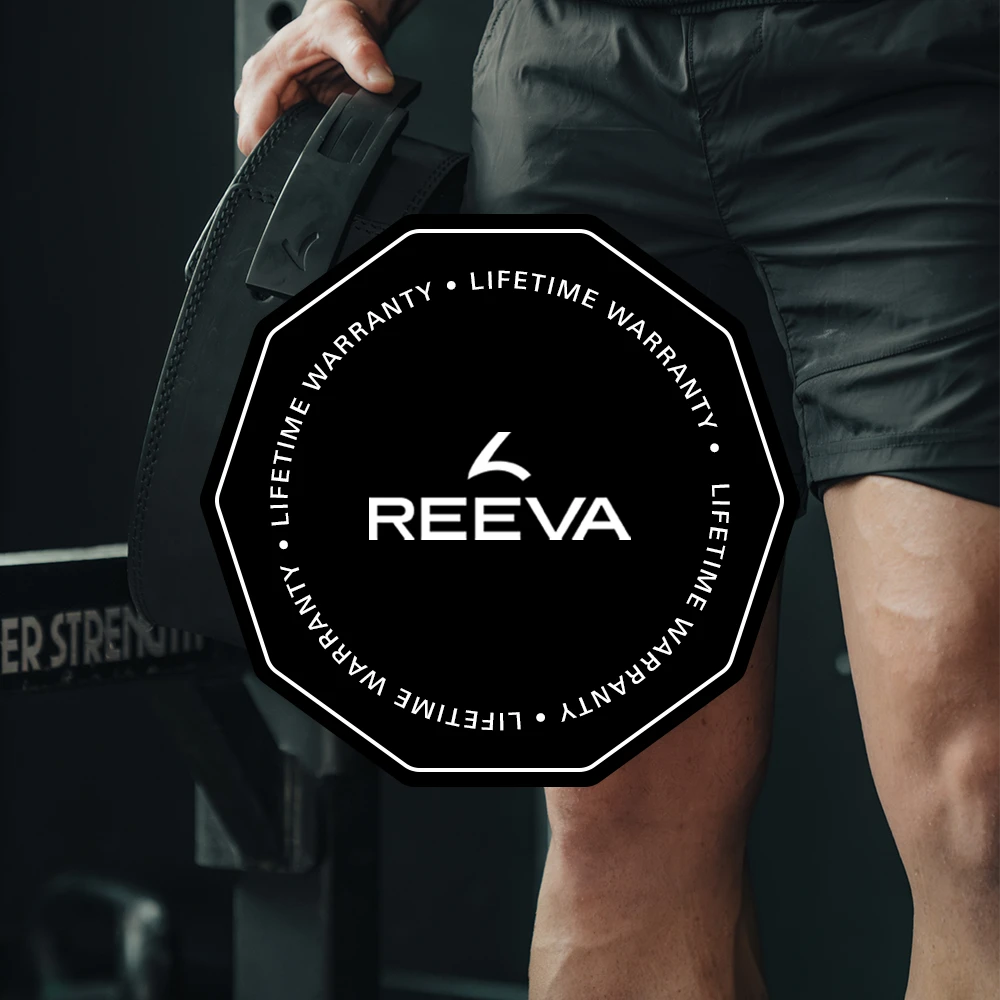
Lifetime warranty
Microfiber Lifting Belt w/ Mixed Metal Buckle (10MM)
Premium Active Short - Light Grey
Your bundle
Endorsed by pro-athletes
FAQs
Find the answer to most common questions about this product.


